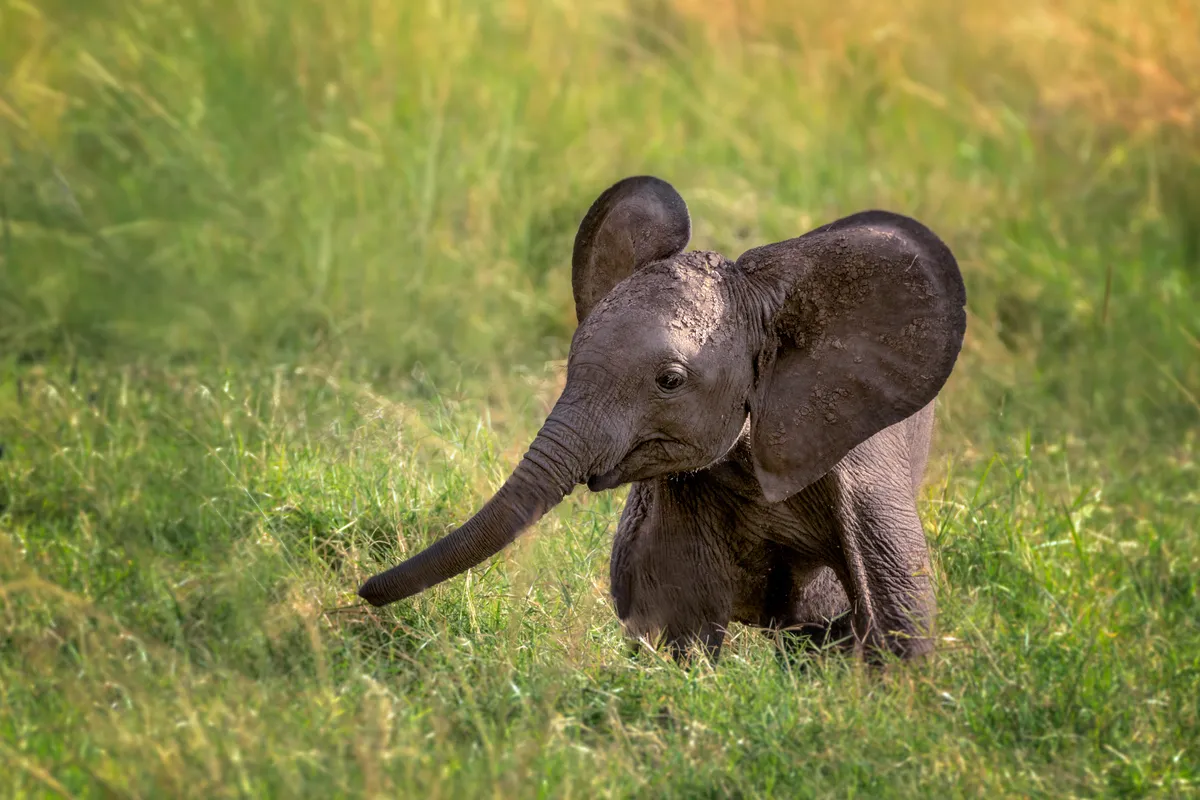In the vast tapestry of Earth’s ecosystems, few creatures capture the imagination and embody the essence of wild majesty quite like elephants. These magnificent giants, with their wrinkled hides and gracefully swaying trunks, are not merely icons of the wilderness; they are keystone species crucial to the health and balance of their habitats. As we stand at a critical juncture in the fight to preserve global biodiversity, it becomes increasingly imperative to recognize the acute significance of protecting elephants.
Elephants are not just charismatic megafauna; they are ecological engineers, shaping and maintaining the landscapes they inhabit in ways both profound and intricate. Their browsing and grazing behaviors influence the structure and composition of vegetation, creating pathways and clearings that benefit a multitude of other species. By uprooting trees and shrubs, they create microhabitats for smaller animals and disperse seeds across vast distances, thus playing a vital role in the regeneration of forests.
Furthermore, elephants are crucial for maintaining the integrity of ecosystems such as savannas and grasslands. Their foraging activities prevent the encroachment of woody vegetation into open spaces, which helps to maintain the balance between grasslands and forests. This balance, in turn, supports a diverse array of plant and animal species, from grazing ungulates to carnivorous predators, all of which rely on the intricate web of interactions that elephants help sustain.
In addition to their ecological significance, elephants hold immense cultural and economic value for many communities around the world. In Africa and Asia alike, these majestic creatures are revered symbols of wisdom, strength, and familial bonds. They feature prominently in folklore, religious ceremonies, and traditional practices, enriching the cultural heritage of countless societies.
Moreover, elephants contribute to local economies through ecotourism, drawing visitors from far and wide to witness their beauty and grace in the wild. The revenue generated from elephant-related tourism supports livelihoods, funds conservation efforts, and fosters a sense of stewardship among local communities, highlighting the interconnectedness of conservation and socio-economic development.
However, despite their ecological, cultural, and economic importance, elephants face a myriad of threats that jeopardize their survival. Chief among these is habitat loss and fragmentation, driven primarily by human activities such as deforestation, agriculture, and urban expansion. As their natural habitats shrink and become increasingly fragmented, elephants are forced into closer proximity to human settlements, leading to conflicts over resources and, tragically, incidents of poaching and retaliatory killings.
Poaching, fueled by the illegal wildlife trade, poses another grave threat to elephant populations, driven primarily by the demand for ivory and other elephant-derived products. Despite international bans on the trade of ivory, the illicit market persists, driven by organized criminal networks and demand from affluent consumers in Asia and beyond. The slaughter of elephants for their tusks not only decimates populations but also destabilizes ecosystems and undermines conservation efforts.
Climate change further exacerbates the challenges facing elephants, altering their habitats, disrupting migration patterns, and increasing the frequency and intensity of extreme weather events. Rising temperatures and changing precipitation patterns affect the availability of water and food resources, placing additional stress on already vulnerable populations.
In the face of these formidable challenges, concerted action is needed to safeguard the future of elephants and the ecosystems they inhabit. Conservation efforts must prioritize the protection and restoration of elephant habitats, including the establishment of wildlife corridors to facilitate movement between fragmented landscapes. Collaborative approaches involving governments, local communities, NGOs, and international organizations are essential for implementing effective conservation strategies and addressing the root causes of human-elephant conflicts.
Furthermore, combating the illegal wildlife trade requires enhanced law enforcement, international cooperation, and efforts to reduce consumer demand for elephant products. Public awareness campaigns, education initiatives, and community-based conservation programs can help foster a greater appreciation for elephants and inspire collective action to ensure their survival for generations to come.
Ultimately, the fate of elephants is intertwined with the fate of our planet’s biodiversity. By protecting these iconic creatures and the habitats they depend on, we not only preserve a symbol of wild beauty and resilience but also safeguard the health and integrity of ecosystems upon which we all rely. In the grand tapestry of life on Earth, let us ensure that the majestic presence of elephants persists as a testament to the enduring power of conservation and compassion.


















































































































































